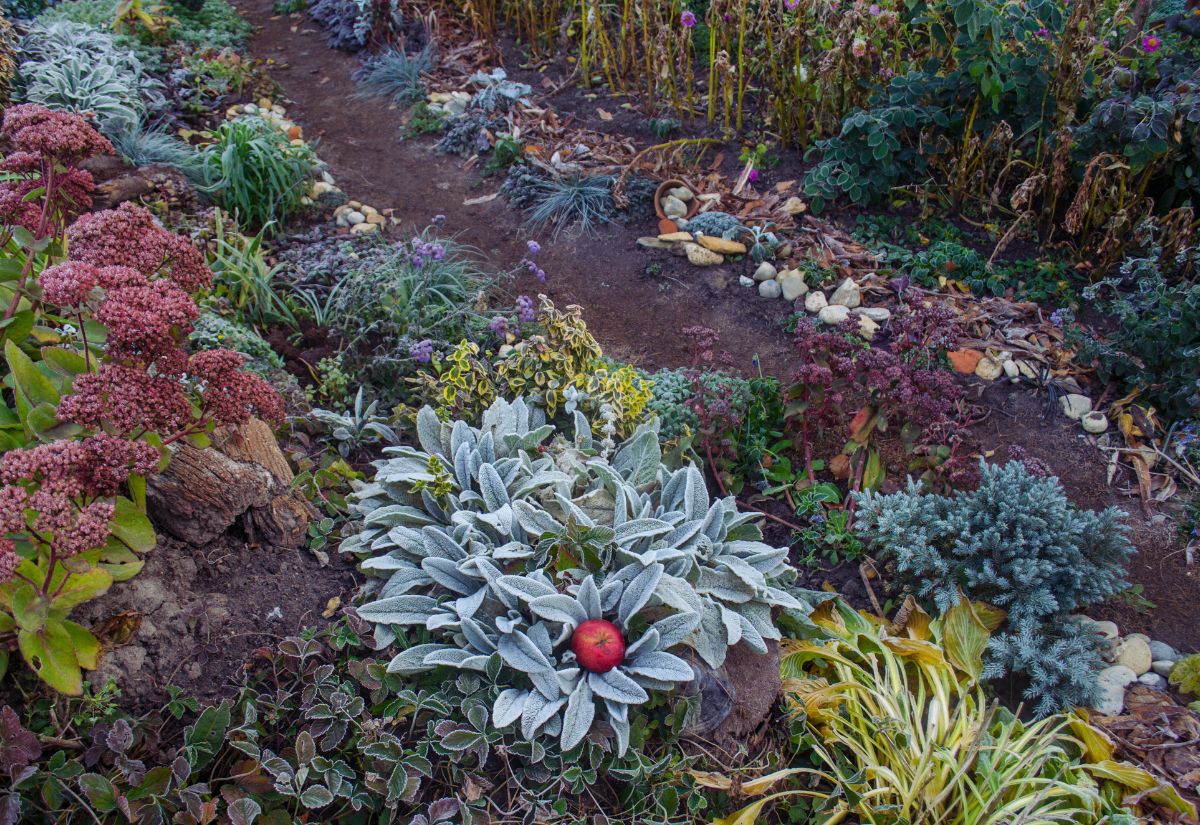
Fall is here and winter is at the door, and good planning means good gardening. This is a busy season for garners, but what to do with so much on your hands? With all the harvesting, pruning and planting, what else can you do from September to November to have a flowering green haven bursting with blooms next year?
It’s hard to pick which tasks to do in the months of fall, and which to put off till later. There are some that really need doing, and some that will make a huge difference to your garden, its management and your time! Here are 8 simple fall garden tasks to write up on your calendar, to prepare for the cold months ahead!
1: Remove All the Fallen Leaves From Your Garden
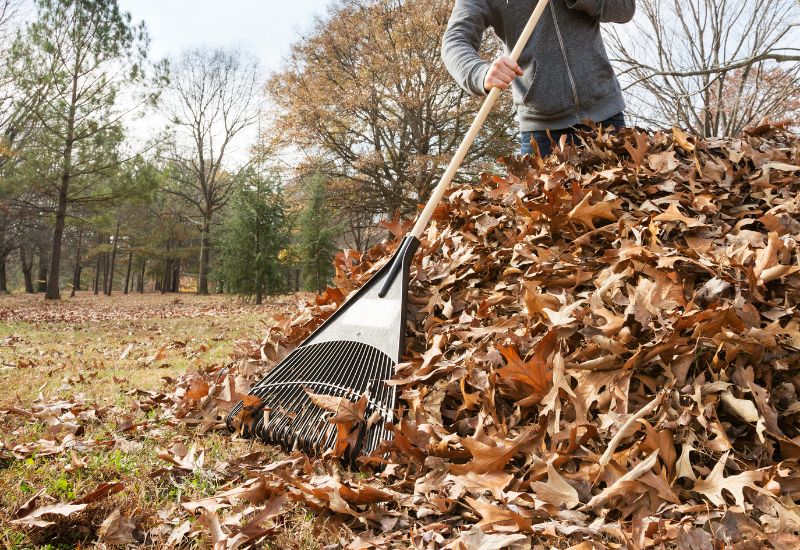
Shrubs and trees are dropping leaves, annuals are dying, some perennials too may be leaving foliage all over your garden… And this is the best time to clear it up!
I don’t like to wait till the season becomes too wet, or I will have a very messy and unpleasant job on my hands! So, so like me, take your lawn rake out of your shed, and start collecting all the dropped leaves.
Also, if you wait till it rains, fungi and mold may find fertile breeding ground in the coat of leaves that covers your paths and garden, and they may spread to your plants.
Collect all the dry leaves and put them on your compost heap before it’s too late then!
2: Dig Up and Overwinter Tender Bulbs, Corms and Tubers
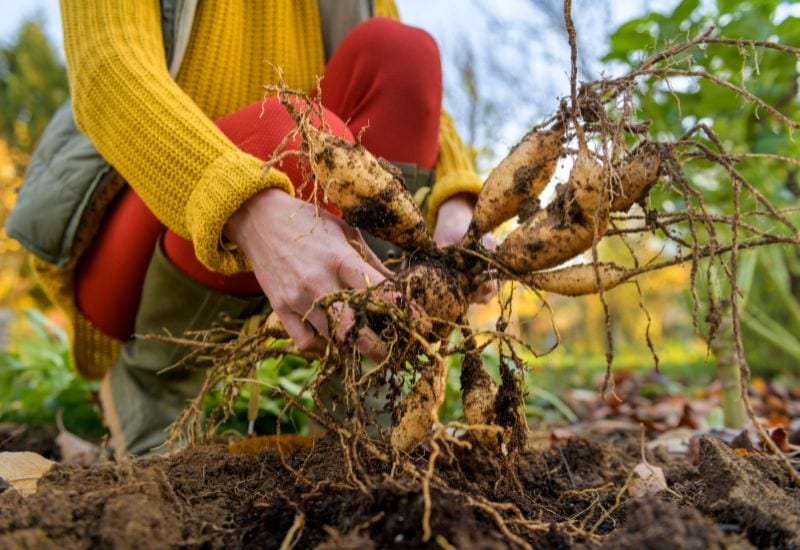
Fall is also the time to shelter some late flowering bulbs, corms and tubers for the winter months, for example, dahlias and gladioli, and some lilies in cold regions too!
I find it’s best if I do it after I have removed the leaves from your garden, so you don’t have them in my way! Then I dig comrs, bulbs and tubers up, let them dry, and put them in a cool, dark and well ventilated place, and they will be ready and healthy for next year!
3: Close, Remove and Repair Your Irrigation System
By this time, I don’t need to irrigate any more – well, this is in most climates! The rains have come, and it is time to check and mend my irrigation system!

So, I suggest you close all irrigation to start with, and it is time to check for holes, faults etc. Mend them if you can or replace the damaged parts.
You can also take up hoses, tapes and even small pipes if you want. This will keep them clean from winter rains and the dirt it carries, but it also helps you if you want to change the layout of your garden next year…. You’d better do it now that the soil is clear than in spring when new plants are starting to grow!
I also use this time to check if I need new irrigation equipment for next year. It’s easy to measure once you have a clear garden…
4: Mulch Your Garden’s Beds, Borders and Under Trees and Shrubs
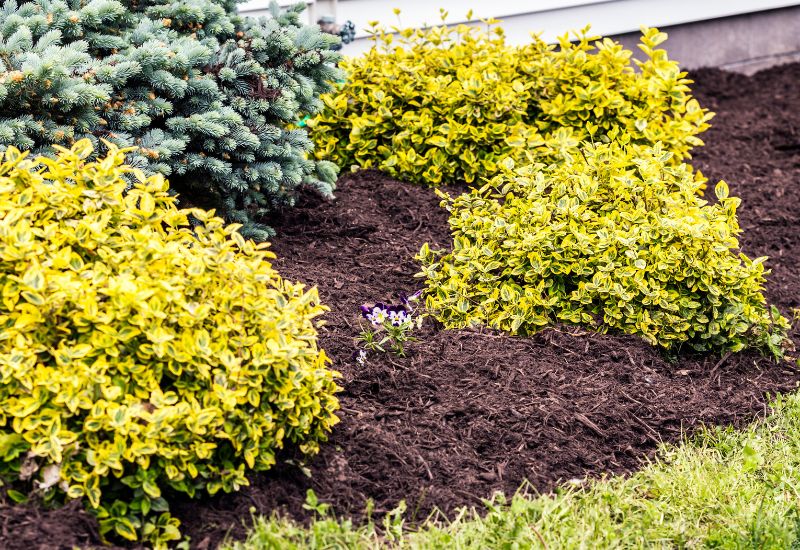
Mulch, mulch and mulch! This will protect your soil over winter, and even the roots of more tender perennials, shrubs and vines. It will also prevent weeds from growing on your land! I look for any spot in my decorative garden with barren soil, and then cover it.
Be generous with your mulch, a good 2 to 4 inches thick (5.0 to 10 cm) for your flower beds and borders will keep the soil and roots healthy for next spring. Do the same at the feet of trees and shrubs, and you won’t regret it!
I like to use wood bark for decorative gardens, because it is quite attractive, but feel free to use other mulches.
5: Prepare Shrubs for Winter in Your Decorative Garden
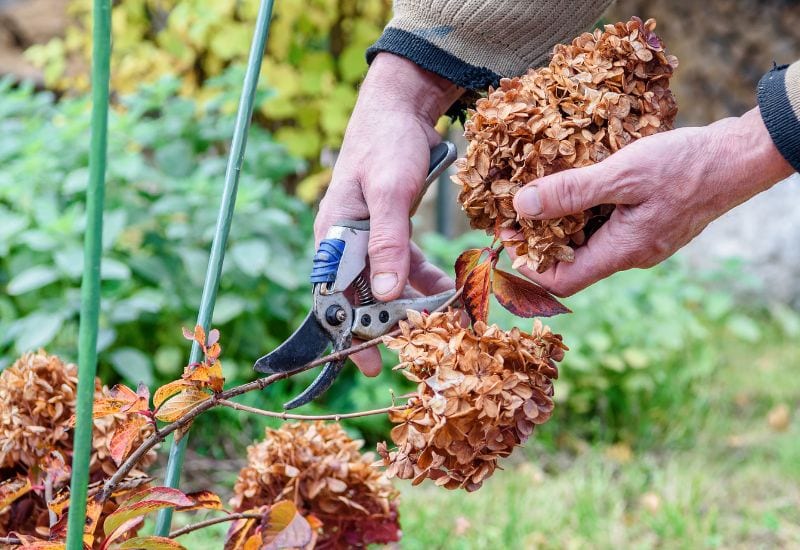
Now most of the leaves have dropped, I start to prepare your shrubs for winter. How? I get my pruning shears out, and I cut all dry and diseased branches! I don’t leave them on over the cold and wet season, because they can worsen and the infections can spread to other branches as well!
So, keep your shrubs as open and neat over the winter season, and strong winds will do less damage when they clash the branches together. Then, you can take it up from there as spring comes!
6: Overwinter and Protect Your Roses for the Cold Season
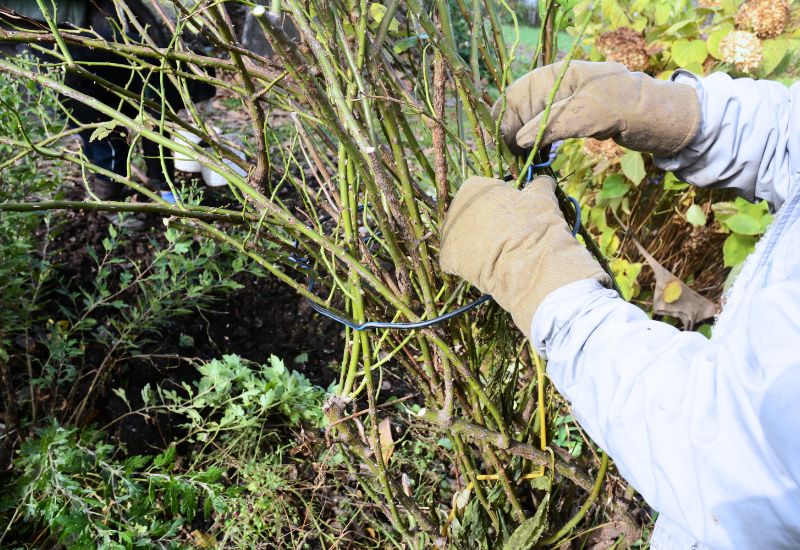
Roses are quite hard work, and they are particularly weak in winter… Their thorny canes and branches can rub against each other with strong winds, making cuts and giving access to pathogens. So, overwinter them before it is too late!
This is not the best time to prune roses, but it really is a good time to trim all sick, damaged and dried branches.
I also mound the soil at their base, and mulch abundantly. In some cases, I also collar shrub roses and use a burlap or similar material to coat them from top to bottom, especially in cold climates.
I bind climbing roses’ canes, so they don’t get bent and twisted by snow, winds and bad weather. I find chicken wire is good for this, but you can use twine or other systems.
In places with unforgiving winter I also use a rose cone; it is very easy to use, simple and it gives them all the protection they need. But remember to fix it with a sone or brick at the base!
7: Shelter the Tender (Potted) Plants You Have In Your Garden for Winter
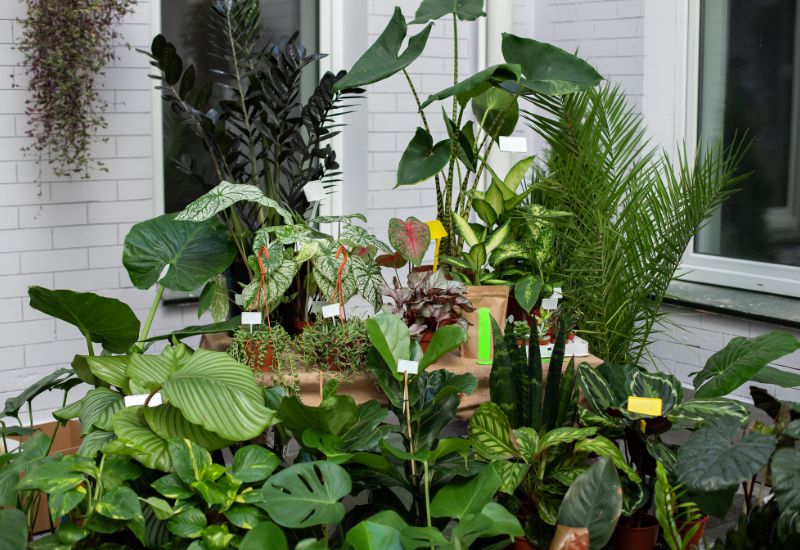
You still may have some time to shelter your tender plants, depending on where you live. But in most places, frost is round the corner! And don’t rely on this long summer due to climate change, it also bring sudden and drastic weather phenomena!
If I have a warm place in the decorative garden I am working on, I move potted plants, like a conservatory, and I will do it in the next few weeks or month. In case the weather holds, I leave the door and window open. In any case, they won’t be very decorative now…
Otherwise, I wrap up the containers warm, and, before winter comes, but you could also “hood them” with a transparent plastic sheet with holes.
You can use these sheets for in situ tender plants, and with lots of mulch, they will keep fairly snug and warm. If I fear very low temperatures, I put some straw at the base, but avoid touching the actual plant, and it will add extra heat.
8: Plan Changes to Your Ornamental Garden, to Carry Out Over the Winter and Spring Seasons
Now most of the leaves have dropped, I have a clearer view of the evergreen and permanent shapes and gaps in my garden! And this is a good time to reorganize the layout, planting or overall structure of my garden.
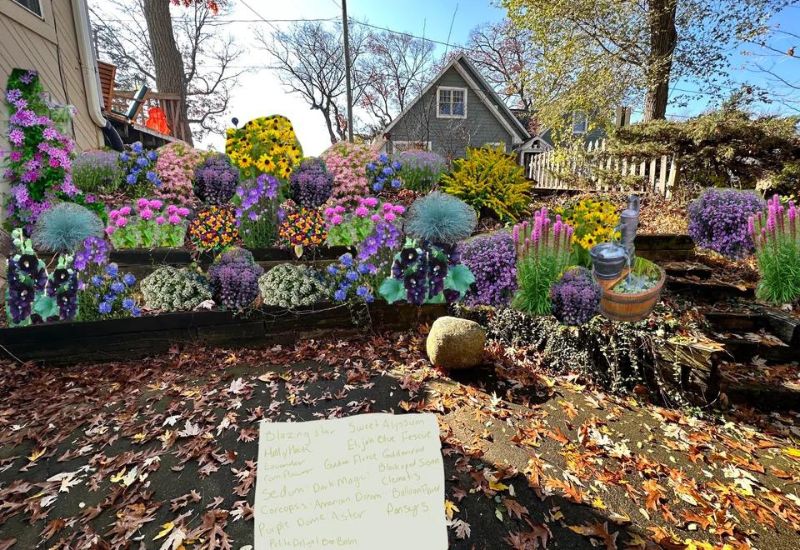
It can be as simple a thing as “next year, I want my gladioli on that other side”, but then I will need to leave them space to grow, and my spring planting will change. Or, I can see a butterfly bush there to fill that gap I’ve had this year.
This also helps me budget my spring planting, and it may even give me time to set aside the money!
Or we could talk about bigger jobs, like, “In need a path here”, or even a gazebo, or harbor, and this is really the time to start planning it so it is ready by spring.
Or you I want to improve the soil in some areas of my decorative garden, and if I do it before winter comes, I won’t need to dig up the soil and turn organic matter (careful! Unless you use manure, it’s a mistake!) sand, Sulphur or gypsum in… This way, I can let the bad weather, the rains and the snow do the work for me and my green haven! !
In any case, I take some time to look at my garden and think: “What would I like it to look like next year?”
You know, Bill Mollison told me that Aboriginal People used to look at the land for a whole year before ever touching it; ok, I can’t spend an idle year, but winter is a good time to keep this tradition.
So, get some work done this side of the bad season, and you will spare yourself time and disappointments come spring!

Written By
Adriano Bulla
After many years as an academic in London, Adriano Bulla became a writer, publishing books like A History of Gardening, Organic Gardening and Elements of Garden Design; he then decided to become a gardener, following his childhood dream, and has been following his dream writing and gardening professionally in Southern Europe, where he has specialized in new and innovative organic gardening fields and techniques, like permaculture, regenerative agriculture, food forests and hydroponics.
